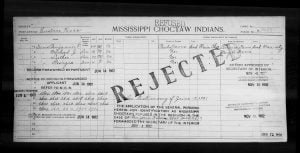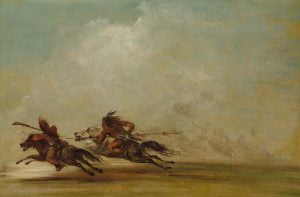Attacapa Tribe
Attacapa Indians. A tribe forming the Attacapan linguistic family, a remnant of which early in the 19th century occupied as its chief habitat the Middle or Prien lake in Calcasieu Parish, Louisiana. It is learned from Hutchins that “the village de Skunnemoke” or Tuckapas stood on Vermilion River, and that their church was on the west side of the Tage (Bayou Tèche). The Attacapa country extended formerly to the coast in south west Louisiana, and their primitive domain was outlined in the popular name of the Old Attacapa or Tuckapa country, still in use, which comprised St Landry, St Mary, … Read more


